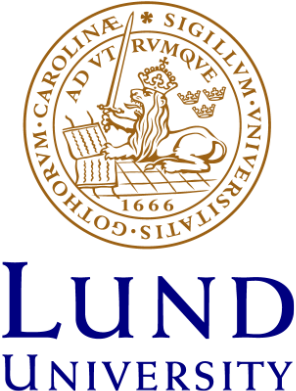Genreteoretiska fundamenta
Todorov´s distinction between theoretical genres and historical genres are logically analyzed, the first being classes, the second cultural, social facts. The theoretical genres cannot, according to Todorov, be falsified or verified. This is on account of the rule saying that the language of object and the metalanguage must not be mixed. But this mixing is always present in ordinary language, in l
